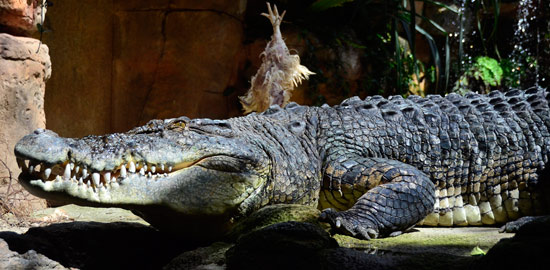In jet-lagged mode, you are always susceptible to odd feelings of paranoia. So it may not be totally advisable to watch The Hunger Games on the plane. Or perhaps it was. After all, its construct of a media-dominated society controlling dissent by spectacle is far from paranoid. On his legendary blog K-Punk, Mark Fisher compares the London Olympics to the Hunger Games:
The function of the Hunger Games is to suppress antagonism, via spectacle and terror. In the same way, London 2012– preceded and accompanied by the authoritarian lockdown and militarisation of the city– is being held up as the antidote to all discontent. The feelgood Olympics, we are being assured, will do everything from making good the damage done by last year’s riots to seeing off the “threat” of Scottish independence.
It would be interesting to discuss what the right parallel would be in the U. S. to suppress Occupy: is counterinsurgency and the endless threat of terror the Hunger Games? Or is politics, wildly divorced as it is from any actual needs that most people have, our version?
Here in Sydney where I have now arrived, I went like a good tourist first to the once legendary Acquarium. It’s been rebuilt to accomodate a zoo made into spectacle called Wildlife Sydney. Breathlessly promising “interactive adventure [and] encounter,” while advertising that the most dangerous animals in the world are found in Australia, it seems that the real and present threat of the degenerating biosphere is transformed into bio-entertainment. Of course, what I’m seeing here is not about Australia, which I barely know, but the kind of spectacle that is so commonplace in the U. S. that I don’t usually even notice it. Think Sea World, and other marine “parks,” where the dolphins routinely commit suicide by drowning themselves.
As is all too common in zoos, the animals here are palpably distressed to be contained in small spaces designed so that they will be visible at all times. A wombat ran from one side to another of its small “outback” space, clearly looking to get out, as did a small nocturnal marsupial, whose name I can’t remember. The wallabies just sat, as if stunned to be so restrained. It’s not an interactive space for the non-humans, that’s for sure.
The star of this sad little show is Rex the crocodile, whose 25 foot long bulk extends all the way across his pool. In his case, it is clear that he is being held in prison. He was first captured after attacking domestic animals. Taken to a crocodile farm to breed, he responded by attacking female crocodiles brought to him (described as his “girlfriends”). So he was carted off to the Wildlife Spectacle as one guaranteed dangerous exhibit, fed a chicken a day. When they gave him a turkey for Christmas, he responded by splattering it all over not only his enclosure but the whole space. I would call that sending a message, wouldn’t you?
Zoos were created as a visible example of the “conquest of nature” as Hegelian naturalists and colonizers were happy to call it in the nineteenth century. With the rise of modern environmental consciousness, they changed their mission to preserving species that are otherwise being threatened with extinction. As there are up to 100,000 species becoming extinct a year, zoos are going to be very busy places in the decades ahead. Perhaps that’s why Wildlife Sydney never uses the word “zoo” anywhere.
I don’t want, however, to suggest that Australia is particularly to blame here. In fact, the front pages of Australia’s newspapers are full of discussions of the carbon tax that the Labor government has installed. I don’t know enough to say how good a policy it is, but at the very least the need to try and offset the damage done to life is being recognized. The damage to the ozone layer is a fact of daily life here, where hats and sunblock are year round necessities.
Of course, as a character points out in The Hunger Games, we could all stop watching the Olympics, going to zoos, or indeed the movies. But how would we occupy ourselves then?

